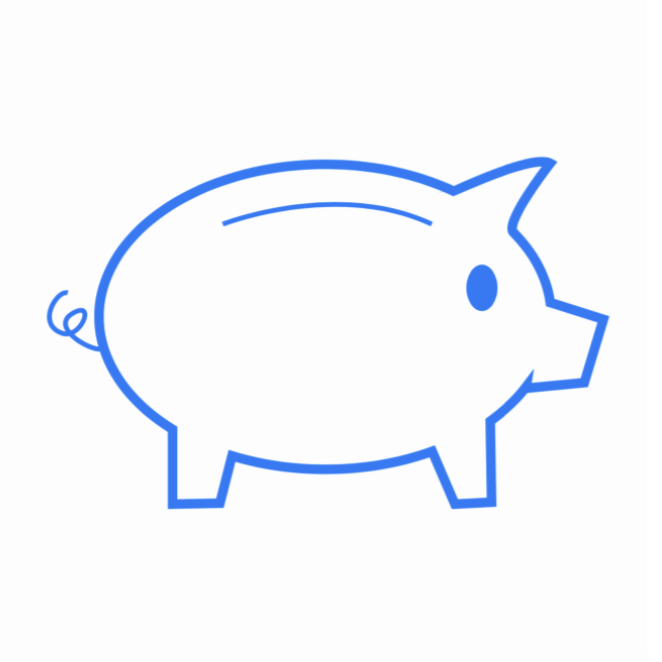What is a Benefits Cliff?
This site is a project of Leap Fund, because we wished this had existed when we started doing research.
What Exactly Is a Benefits Cliff?
People face a benefits cliff (also known as the “cliff effect”) when they receive public benefits from the government, earn a raise, and then discover that they make too much money to receive the benefits. But they are not making enough money to sustain themselves and their household.
Here’s a chart that shows how and where a benefits cliff can occur, reflecting the difference between take home pay and earnings overall (including take home pay AND public benefits).
The big challenge is that no one knows where the cliff begins, or when it will end, because it is individualized for each person, and based on a variety of factors.
Why is it hard to know when a cliff will occur?
For the people actually facing a cliff, they are scared of losing their benefits and being worse off, and since it’s not clear when and why they might lose them, they are forced to make decisions that hold them back.
And for experts and people working in the system, even they can’t fully see how benefits and income work together. From case workers to government agencies, to think tanks and policy makers, each expert has a deep, but silo’d view of the problem. And deep knowledge is needed, because the benefits system itself is a complicated maze of different thresholds, limitations and unclear rules, varying state by state, county by county, and city by city.
Working people deserve a full picture of their financial landscape, and for many people receiving benefits this is simply out of reach. Low-income workers are often forced to make conservative decisions for their lives, finances, and families because of the threat and fear of hitting a benefits cliff. This means people receiving benefits are making decisions that include not taking pay raises, not taking on more hours at work, and not advancing in their careers, regardless of whether they’re actually going to hit a cliff or not. The lack of transparency drives fear, which drives decision-making, which holds people back.
It’s not just numbers on a page. It’s personal.
Hear how benefits cliff impacted the lives of Rebecca and Cheridee, two working mothers from Utah.
[created by Circles, Davis County, video 7:00]
Read about how benefits cliffs affect working women like Virdell, who, “pleaded with her employers to not raise her pay.“
Hear how benefits cliffs affect Leia, and her dream to become a nurse.
[created by The Federal Reserve Bank of Atlanta, video: 3:10]


